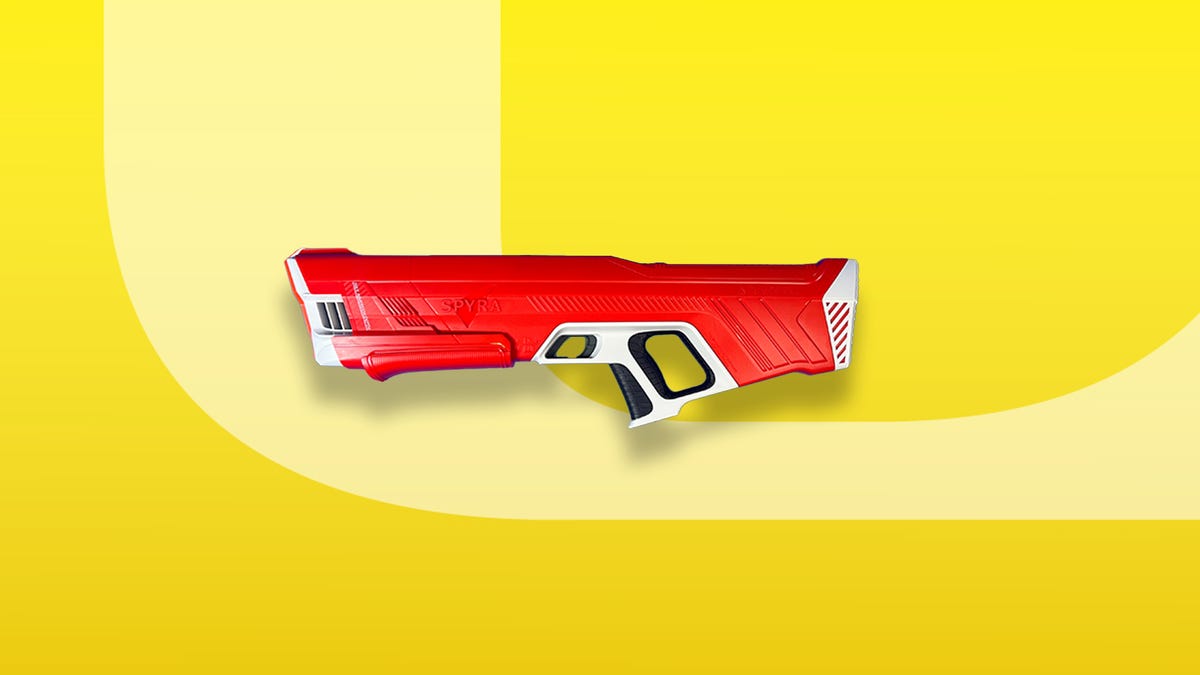The best water guns of 2025
The nature of the water itself makes some aspects of water gun testing a bit difficult, but overall I feel good about the process.
For starters, we need to know how much water these things will hold. I do this by weight. Since 1 milliliter of water weighs 1 gram, it is easy to measure the capacity with a scale. After subtracting the weight of the empty blaster, you can see in the table below exactly how the capacities shake out. The Nerf Super Soaker Hydra has the largest overall capacity, followed by its sibling the Super Soaker. The smallest capacity was definitely the Temi blaster as it only holds water for one burst at a time.
Once the capacity is locked, I go through the process of firing each weapon as quickly as possible to find the shortest time to empty that capacity. I have help from someone with a timer and sometimes I have to do multiple runs. Sitting down and shooting water guns for several hours straight is a lot more of a workout than I expected.
Here you can see that usually if a water gun takes a long time to empty (over 30 seconds) its overall soak factor (capacity divided by time to empty) is quite low. While the fastest dump time doesn’t always mean the highest soak rate, that’s exactly what happens with Temi. With a moderate single-shot capacity of just over 500ml, the 1.8 seconds it takes to empty gives it a whopping soak factor of almost 300.
Its Super Soaker siblings come in second and third with similar idle times, but the Hydra’s larger capacity gives it a better soaking ratio. The old Nerf XP50-AP and Team Magnus guns have average capacity and low soak rates, but keep you in the fight much longer than their counterparts.
The only other measured test we run is for distance. This one is quite simple in design, but has a hint of abstractness.
Keeping the blaster at the same starting point, height, and angle, I fire off a few shots, usually five, until I’m sure I can’t get the water any further onto an outdoor concrete surface that takes good water discolouration. Then I measure from the starting point to the farthest edge of the watermarks — counting any stray single drops.







